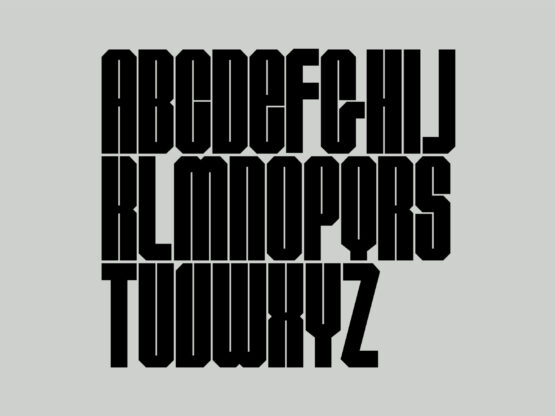Presenting, promoting and launching
REFLECTIONS ON LECTURES AND SOUCE MATERIAL
LECTURE
In this weeks lecture Demian Conrad brings us on a brief history of innovations in mark making and print that were pivotal moments from the cave paintings of Lascaux to modern day digital processes. He reflects on the infinite possibilities created through emerging technologies and the way algorithms are employed to create books from face recognition, geolocation and AI technology which lead to serendipitous moments in design and book creation. For me there is something creepy in allowing technology to do this and removing the human element from the design but it does not change the fact that this is a very real activity in modern day publication and other media.
Darren Wall, on the other hand has found his own niche in publishing tomes on the gaming industry and employing high end finishing secures the finance of his books through crowdsourcing platforms. Coming from his background in designing records in what is a saturated marketplace, it is interesting that he has transferred this philosophy to the way he designs and creates his books seeing them as objects to be kept rather than books in themselves. This is borne out by the high finish of the books and the attached price point. In designing for a specific audience he has carved his own niche and built up a group of loyal funders for his future projects. He achieves this audience by having intentional interactions with his audience via social media platforms, which I would guess has grown by word of mouth amongst the gaming fraternity. This is not achieved without a huge amount of research into his subject to find new perspectives and stories to tell.
To produce such elaborate and detailed works he works with a group of smaller European printers that he can built strong relationships with to get the best out of the finished piece and always asks for samples and quotes from multiple suppliers before committing to an one supplier. The ultimate goal for him is to try to make 'objects' that you will keep forever that have emotion depth and with high production values, tell the story of the books themselves. he has immersed himself in the bookmaking process, learning old school techniques and always expects of his printers to go above and beyond with the final production. This for him creates a true sense of what it means for the object to be special.
With the ongoing threat to publishing from the digital sphere he believes that in creating high end publication the objects become coverted by the purchaser. This is not to say that he doesn't use the digital space to his advantage: talking to fans, promoting on social and websites and he always ensures when crowdfunding that he creates a short, snappy video with loads of pics to induce anticipation.
TAKE OUTS
— Think of your publication as an object to be coverted
— Speak to people who have done it all before
— Great content, illustration, photography and finish enhances the design
— Collaborate with the best: Researchers, Illustrators, Photographers, Copywriters and printers...
— Find your niche and tell a unique story
— Thoroughly research your subject to find new and unique stories to tell.
— DIY and crowdfund to finance the project
— Connect with like minded people and talk directly to them on social media
— Learn production processes, source the right printer, build a relationship and push for the best
— High end finishes are key to what makes you stand out and can tell the story of your publication
— Promote through as many channels as you can and stay in contact with your backers
— Add extras that entice
—
Angharad Lewis : So you want to publish a magazine
In her book, Angharad Lewis covers all the bases for starting and self-publishing a magazine which seems like a frightening prospect if you get it wrong. There are so many levels of detail to take into consideration that if you took your eye off the ball for a minute could lead towards failure on a grand financial scale. However, as an independent self publisher you could stand to not only make what you love and make some money at the same time. Although she does point out that the people that produce independent magazines never go into it for recompense or financial gain.
The do-it-yourself model has more appeal to me than trying to navigate the world of the larger publishing houses and distributors, and the percentage returns are very low. As an independent publisher you can try to sell to publishers on a firm sale basis which may guarantee full sales without having returns on the publication. She suggests a cheaper model where you target the places you want your publication to appear and to target these and distribute yourself but this will only appeal to the retailers if the content and finish is of the highest standard. As you go beyond 1,500 in sales you may need the employ of a publisher but you can also produce a limited number of copies with 'must-have' content and that becomes a model for going forward. Unit Editions do this for their book publishing which seems to work quite well.
Angharad recommends that you look at creating a business plan at the beginning capturing all cost channels: third party input, paper costs, printing costs, marketing costs, distribution and retailer costs. She also suggests a profit and loss report being conducted after issue 2 to keep track of sales and to talk to your retailer to see where the magazine is most popular.
Building an ongoing relationship with your readership is important which Darren Wall also touches on. You need to build trust with your audience both in the content and finish as well as your ability to deliver. She talks through the complexities of a subscription model which seems to be the best option for ensuring sales, but it is paramount that you know where your subscribers are with their subscription and also have to prepared to deal with issues such as lost or undelivered magazines and complaints.
Setting design and content aside, managing the finances of magazines seems to be a veritable minefield so the business plan is important as is the planning and the running of the magazine. I seems, ensuring you have enough money to cover the costs of not just the first but the second issue will get you up and running so an initial business loan may be required to cover all eventualities. Having said this, with good planning and keeping your eye on the ball; you can make money from going down this path. She explores how you can add to this pot by supplementing the design with other work, sponsorship, crowdfunding, using the online community, subscription models whereby the money is upfront, advertising and the possibility of gaining grants or bursaries from cultural institutions. She also suggests the idea of promoting and selling through events.
In marketing your magazine, newsletters seem to be the best avenue but you will have to consider other channels as well in order to drive traffic to your online shop. The key is to continue delivering well researched content and the quality your buyers expect building a trust base between you and the purchaser. Constantly surprising your readers and trying to keep ahead of the field will also enhance your offering. Once successful you will have money to reinvest which will aid the development and quality of your editorial. It is at this point that your may consider using professional distributors but you should always stay true to your vision and grow at your own pace.
TAKE OUTS
— Start with a business plan: Who's your audience, what area of interest are you focusing on and what are the associated costs
— Well researched content and finish paramount
— Cover costs up to the second issue before you proceed
— Look for sponsorship, crowdfund, subscription models, advertising, grants or bursaries or secure a loan
— If using a subscription model consider the associated management.
— Note: Print, Paper. finishes, format, postage and delivery inform costs
— Target retailers you want to work with
— Try to sell on a firm sale basis
— Research printers you want to work with
— Think small to start off and when financed properly you can reinvest in the process
— Once past the second issue or 1,500 copies you can scale up and look for distribution channels
— Stay true to your vision and scale at your own pace
— Reinvest
—
Workshop Challenge
Research methods to launch, market and promote a piece of self publishing. Analyse successful methods, deployed by designers to promote and launch a publication, to inspire the launch of your product.
In researching graphic designers approaches to self-publishing, launching and promoting their self-published work I came across an article on the 99u Adobe website, "A guide to design book publishing for the non-rich and non-famous". This article looks in explores all facets of book production from the perspective of both publishers and designers covering some of the barriers designers face when working with larger publishing houses as well as producing self published works
Caitlin Leffel former editor of Rizzoli imparts tat a good idea in itself is not in itself enough to entice a publishing house to get on board with your project alluding to the fact that a clear audience, production costs and projected performance all play a role. Phaidon books Emilia Terrangi states that trends need to be constantly monitored to find gaps for themed or niche books and that if you are not well-connected in the industry it is rare that you will get a look in.
Self-publishing however has opened up a world of possibilities for designers to access the mediums to get their books realised, but as both David Wall and Angharad Lewis both asserted in the lecture/resource material; well researched content and finish is essential to get buy in from your audience. Anne Quito also echoes in the article the thoughts of Angharad that publishing is an act of love and should not be done for financial reasons.
Alex Daly goes into some detail about how she approaches crowdfunding in which she says "get ready to put a lot of time and resources into launching a project". She views kickstarter as the place that designers need to show off their talent and taste and that no campaign is complete without design input, high end photography and a 'witty' promo video. But as a German design found you also have to be prepared not to meet your target for your self published work. Funding a book requires at least €25,000 to cover design, publishing and shipping costs,
Self publishing can be quite profitable if you do it right and target the right audience, but a lot of wo/man. hours are spent on photography, retouching, specifications, print tests, dummies, design and layout. You have more control over the final output but more responsibility to plan, promote and manage your finances for print production, paper, third parties etc. Stephen Heller warns that if you have a lot of images that you need usage rights on this can also push up the cost of production and greatly eat into your time managing correspondence and in negotiation.
Molly Heintz of Superscript produces monographs for her client base which benefits all parties and will more than likely be funded by the company who commissioned the work.
Given the apparently insurmountable odds all of the designers collectively agree the struggle to be worth it, especially the joy felt when the publication comes into existence.
TAKE OUTS
— Crowdfunding: Have a finished product to show your audience using high end photography and a 'witty' video
— Your pitch needs to look and sound exceptional
— Be prepared not to reach your financial targets
— Ensure you target the right audience
— Look after the details and meet your backers expectations
— Use monographs and websites to increase your own profile
Source: https://99u.adobe.com/articles/57148/a-guide-to-design-book-publishing-for-the-non-rich-and-non-famous.
—
"Be certain of your own ideas. Read other books. Find the niche… these are books of passion and expression".
Stephen Heller
‚—
Complete your essay and design a visual synopsis of your publication, to include the following:
- Front cover (with title and your name)
- Chapter opener
- Two double page spreads
- Back cover (using your previously written short synopsis)
- Your final design should include some or all of your full 3,000-word text and original, self generated images and export as a PDF.
- Include your complete 3,000 word article, story or essay at the back of your PDF.
—
FINAL EXECUTION
To tell the story of my project I have taken the simple idea of burying a book in concrete much in the same way that the viking hoard was buried at Wood Quay. I have designed a 'Brutalist' typeface for the publication based on the Dublin Corporation building itself and encased my book in 'simulated' concrete. The book itself is kept in an elastic bound hinged wooden folder and is newsprint, reflecting the zines that were created for the 'Save Wood Quay' campaign. I have been playful with the type and used this element as the main visual aspect to the design keeping it bold, simple and dynamic.
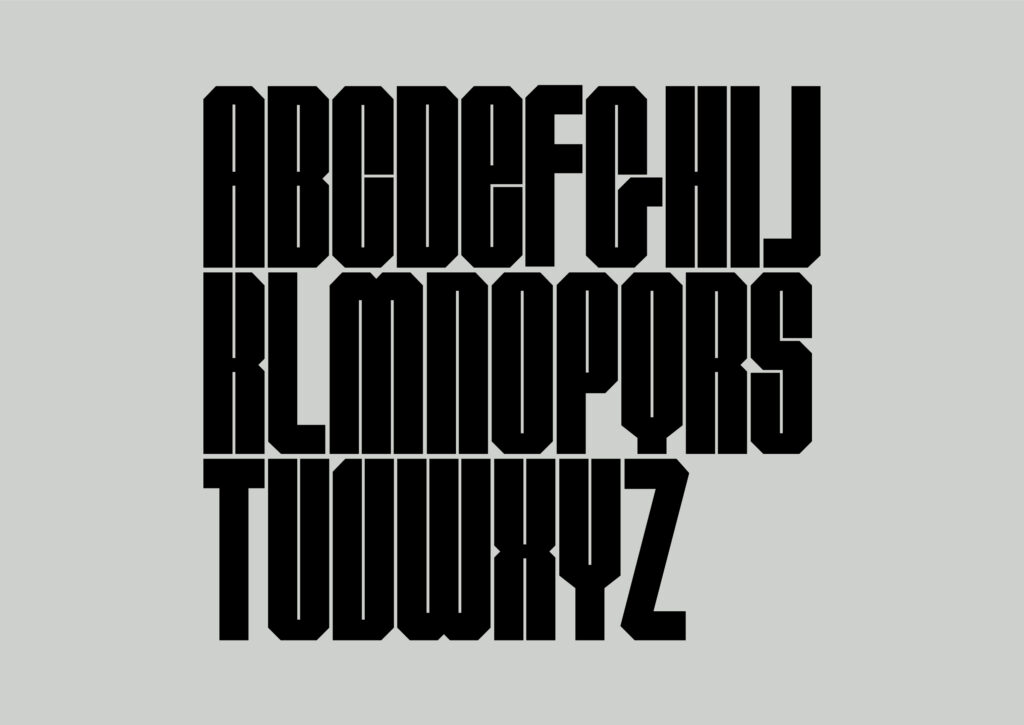
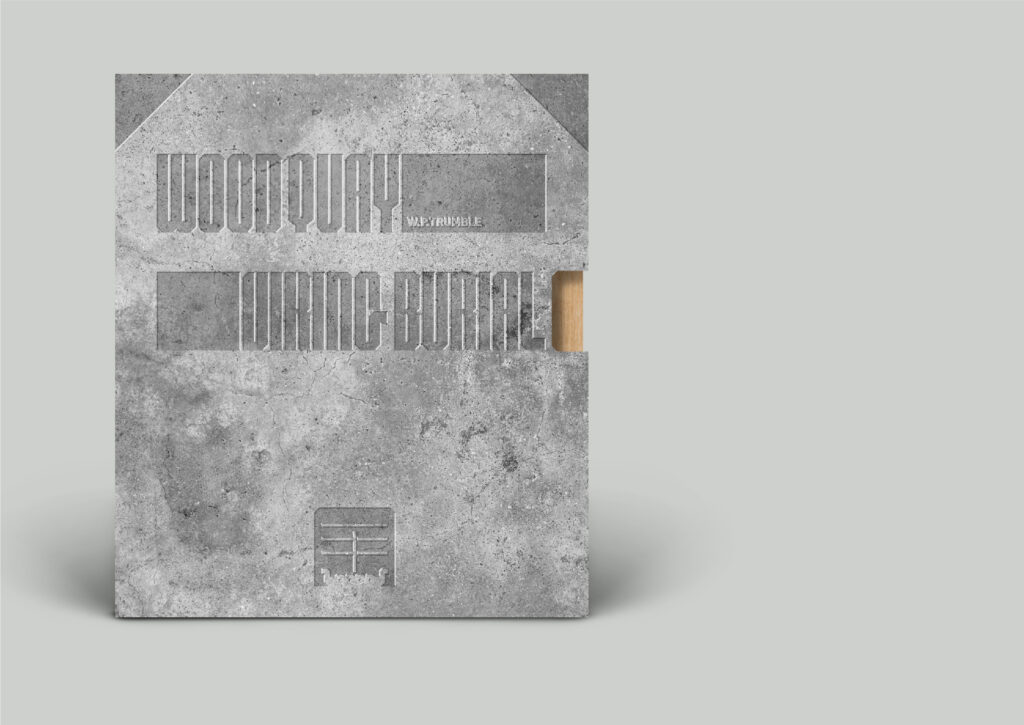
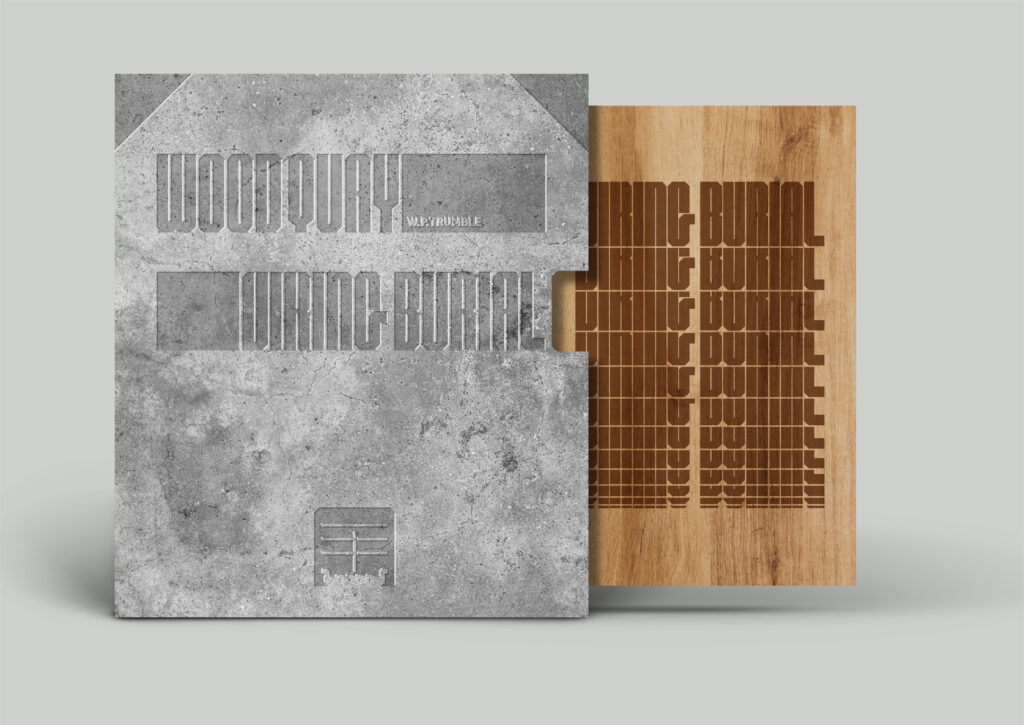
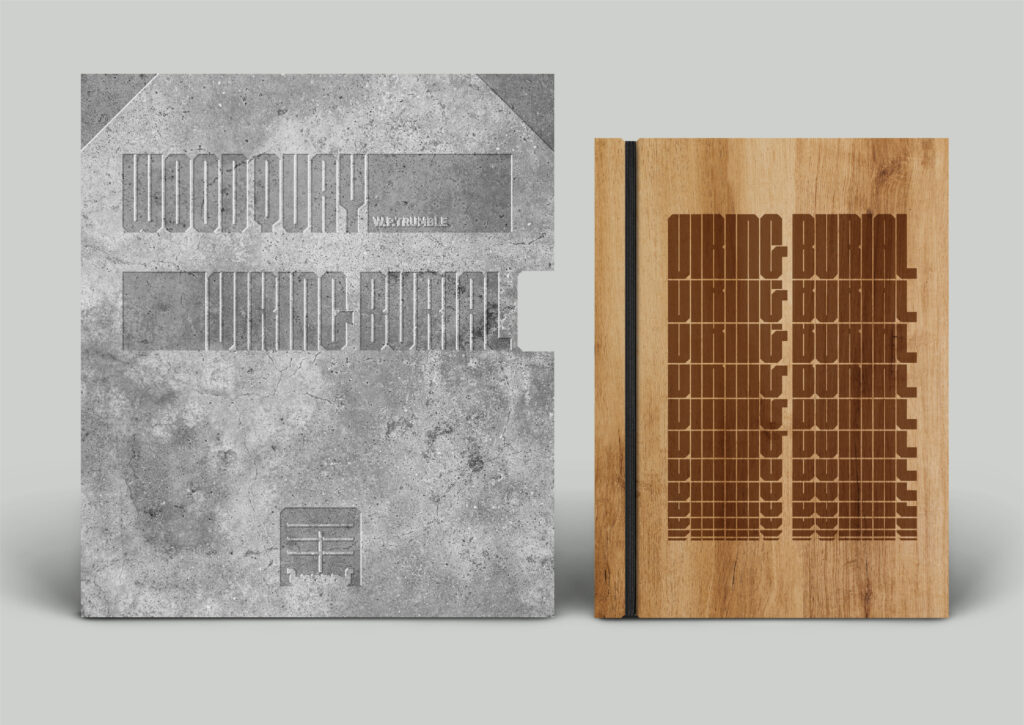
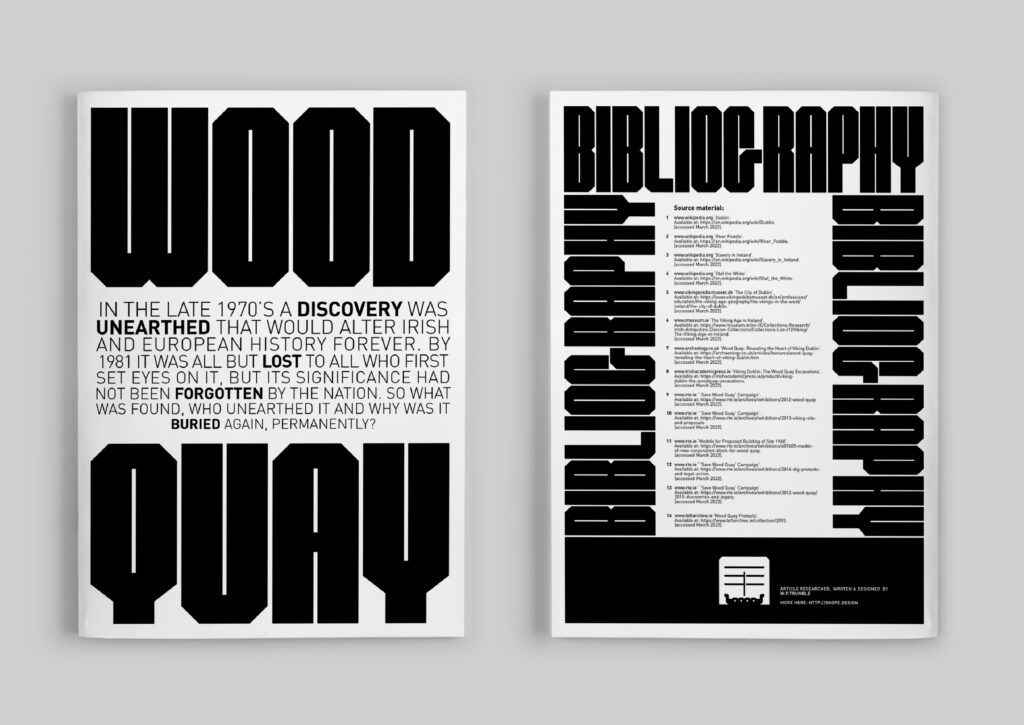
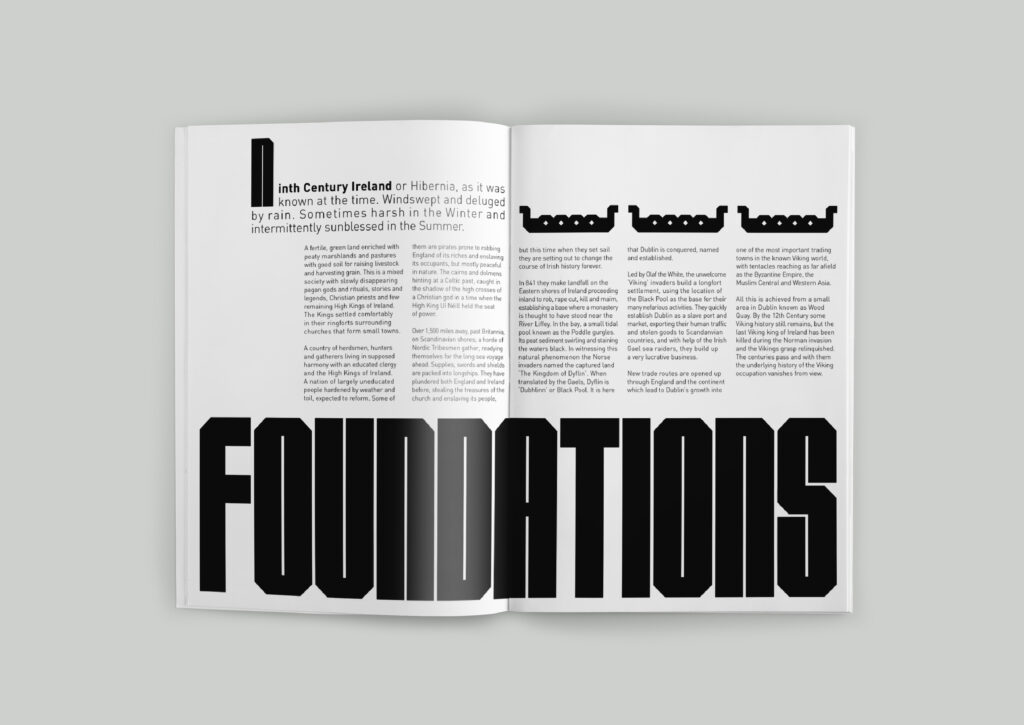
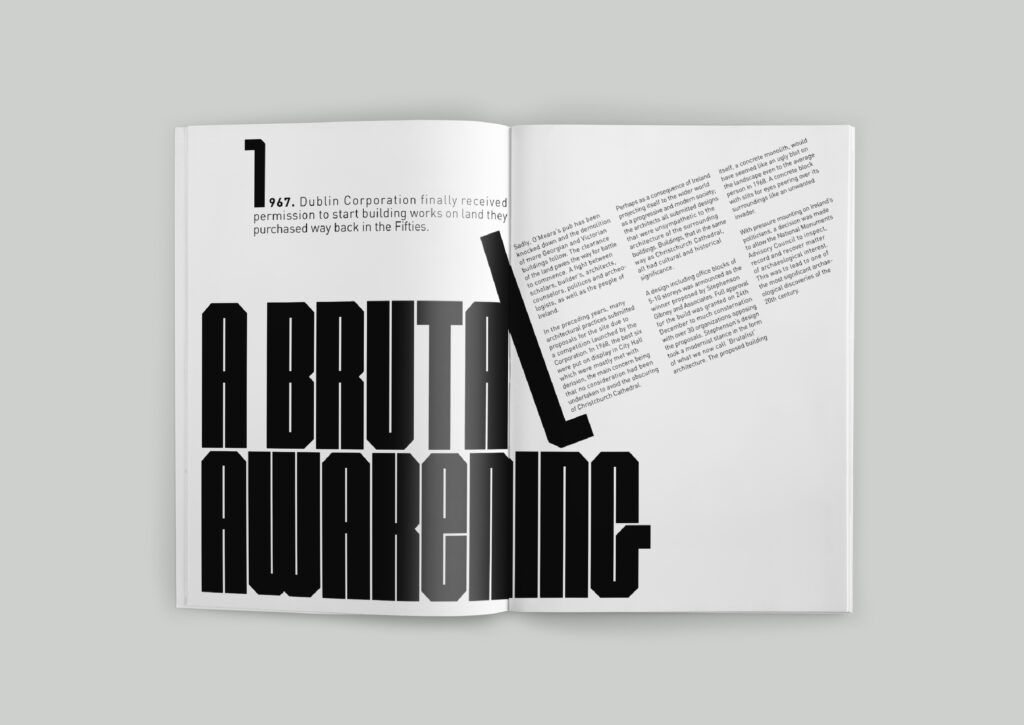
—
Write a short 100-word paragraph about the methods by which you might fund, promote and launch your project, if you were an independent author.
FUNDING
In reading and research different methods of funding I think I would opt to gain support from crowdfunding websites with a snappy video and some high quality shots of the product. I would also look for sponsorship from interested parties such as the National Museum of Ireland or the Friends of Medieval Dublin.
PROMOTION
I would present the concept to organisations as outlined above and use colleagues and social media platforms to promote the piece. Depending on the number produced (1,500) I would also consider a stand alone website with links to third parties.
LAUNCH
I would look to launch at book signings in-stores and house an event at the National Museum of Ireland.
…

